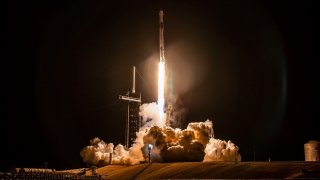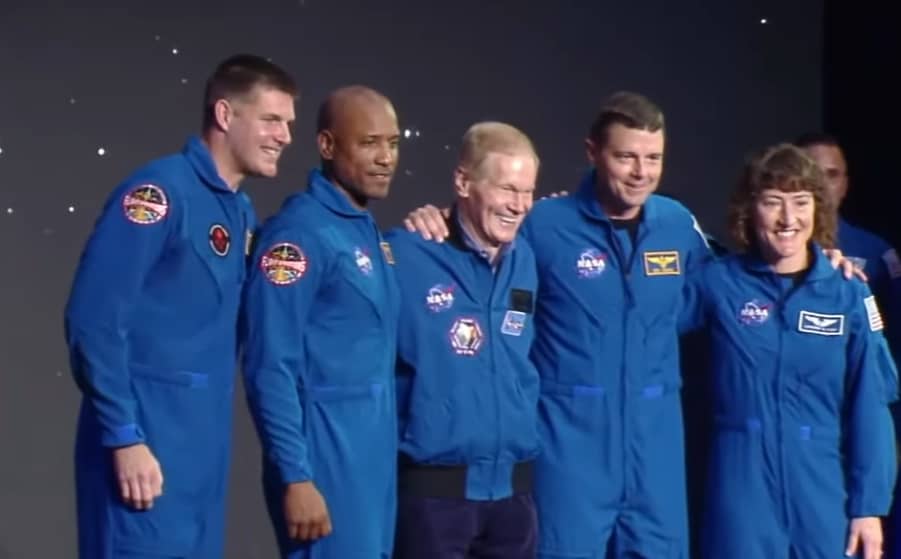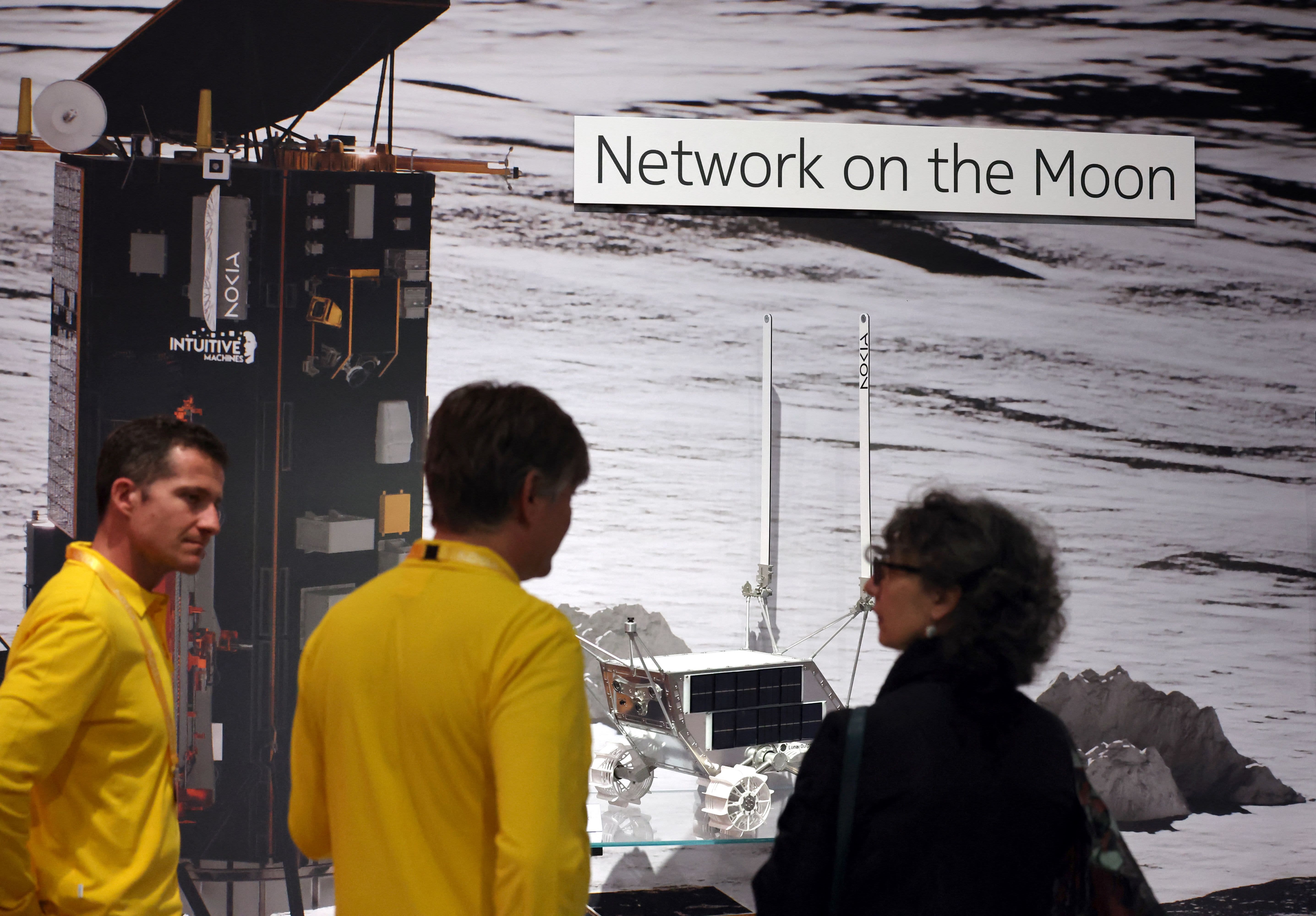
Lawrence Livermore Laboratory (LLNL) scientists designed and built a telescope that, as of March 14, was out of this world.
The Stellar Occultation Hypertemporal Imaging Payload (SOHIP) is a telescope using LLNL patented optics technology on a gimbal to observe and measure atmospheric gravity waves and turbulence.
The device was sent aboard a SpaceX rocket out of Cape Canaveral in Florida last month to the International Space Station (ISS).
NASA installed SOHIP on the ISS to monitor atmospheric turbulence that can affect hypersonic vehicles in Earth's upper atmosphere.
Get a weekly recap of the latest San Francisco Bay Area housing news. Sign up for NBC Bay Area’s Housing Deconstructed newsletter.
LLNL said hypersonic vehicles -- airplanes or missiles -- traveling at five times the speed of sound below altitudes of 56 miles operate in the "extreme, unpredictable environment of the upper atmosphere, which can impact flight performance."
The telescope -- built by an interdisciplinary lab team on a budget of $1 million -- is a way to measure and help make that turbulence more predictable.
Lab officials describe atmospheric gravity waves -- oscillations of air that transport energy and momentum from the lower to upper atmosphere -- as creating "turbulence like ocean waves crashing on a beach."
"If the boundary layer on a hypersonic vehicle is exposed to atmospheric turbulence along its flight path, aerodynamic drag and heat on the vehicle will increase significantly, affecting control of the vehicle," said Matthew Horsley, a LLNL physicist and SOHIP principal investigator, in a statement.
"If we could accurately predict the conditions that trigger these erratic gravity waves or hypersonic flows, it could inform better vehicle design, reduce costs and improve overall hypersonic flight performance," Horsley said.
SOHIP actually uses two monolithic telescopes attached to a gimbal assembly. It weighs 30 pounds and isn't much bigger than a shoebox.
LLNL said it will reveal "new insights on atmospheric mean temperature, pressure and density and turbulence strength at unprecedented altitude and accuracy."
"The fact that this team could do something so technically complex on such a tight budget and timeline is a testament to its expertise, collaborative spirit and commitment to excellence," said Ben Bahney, program leader for the LLNL's Space Science and Security Program, in a statement.



